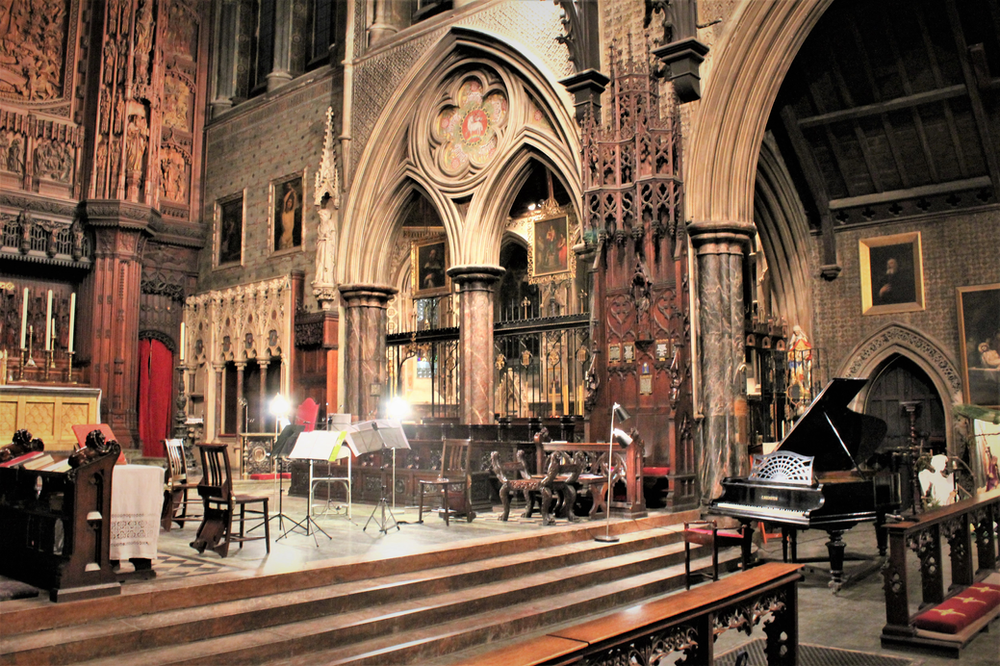music production, Uncategorized
What is Music Production? Part VI
What is Music Production? Part VI

In this series of articles, I will be looking at music production, explaining what it is and how it works for newcomers and beginners to the art form.
_____________________
In the previous article in this series I looked at how to prepare for a recording session as a musician.
Now, in this new chapter, I will look (1) at the idea of comping a musical performance during the recording and editing process and (2) at the overall process of mixing a song.
1- When recording a song with today’s technology, very rarely is a song performed all the way through and released as is without some editing (unless it’s a live recording).
Most musicians will record multiple takes of their performances either all the way through or in sections, for example they may record the intro up until the chorus and then record the chorus separately, or in the case with classical music record one movement at a time. The reason for this is that we have more control over the musical performance, and can focus on getting the feel, timing, pitch etc. the best it can be for the entire piece.
When recording these performance takes, it’s very common to piece together the best parts of each take using a process called comping. This way we get a finished take that has the best parts of each performance. For example: a singer records three takes of an entire song, the first take has the best chorus but the verses were flat, whereas the second take had a good performance of the verses but a weak chorus, these can be comped together to give the illusion of one singular solid performance.
The type and amount of comping depends on the instrument, performer and the genre that they’re playing. For example a drummer may need to comp in 4 or 8 bar loops whereas a vocalist may want or need to comp line by line.
2- Once all of the necessary recording and editing of a song has been done, the next step is the mixing process. This is where we balance all of the individual instruments and elements of the song. The main things that we focus on are the dynamic and frequency content of the individual instruments, we need to make sure that volume of each instrument is the right level, and that the dynamics of the performance are managed.
We need to make sure that each instrument is blended well with each other in terms of frequency, if an instrument is too bright or dark sounding, we can use Equalization (EQ) to adjust the frequency balance.
When mixing it is important to decide the hierarchy of instruments in terms of importance. For example in most genres the vocals are the most important, therefore they will be one of the loudest and clearest things in the mix, with all the other elements balanced around the vocals. However if the music is an instrumental classical piece, the lead instrument may be a Violin, therefore that would be the most important instrument in the mix, being the most prominent with all the other instruments supporting it.
The mixing process is also where we can apply special effects such as reverb and delay to enhance the ambience of the mix, and to add a special hyper-real quality which can make a mix sound bigger and more polished. The amount of effects used would depend on the type of music and instrumentation, for example a contemporary pop song may have a lot of special effects whereas a jazz recording may have very few so that it sounds more natural.
Click here to access the seventh and final chapter of this series of articles.
What is Music Production? Part VI
#musicproductionlondon #musicproductionteachers #musiclessonslondon #wkmt #pianorecordingstudiolondon


Pingback: What is Music Production? Part VII